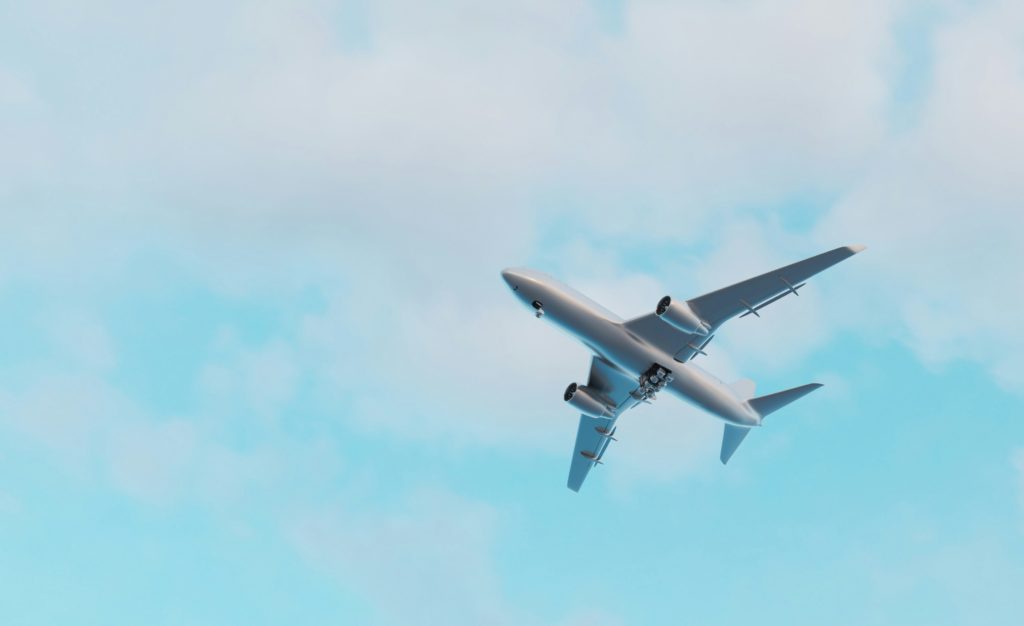Maintenance for machines in the aerospace industry is crucial to ensuring safe, reliable and profitable operations. With global spending on maintenance, repair and overhaul (MRO) reaching $67.6 billion in 2016, and the market constantly expanding, proactive machine management is becoming a top priority for companies in the sector. Here are some concrete solutions for optimizing machine life, boosting performance and reducing associated costs.
1. Exploiting Real-Time Machine Data in the Aerospace Industry
Modern machines are equipped with sophisticated sensors capable of collecting a multitude of data: temperature, vibrations, pressure, operating cycles, etc. Real-time analysis of this data via alerts and customized dashboards enables :
- Immediately detect anomalies for rapid intervention.
- Improve decision-making based on key performance indicators.
- Optimize operational processes thanks to a clear, centralized view.
Example:
Air France Industries KLM Engineering & Maintenance (AFI KLM E&M), with its three engine test benches, uses advanced systems to continuously monitor engine performance and guarantee reliability. This type of solution could help reduce maintenance costs, which account for around 40% of the total MRO budget.
2. Monitor Productivity and Performance
Digitizing incidents, combined with precise monitoring of indicators such as Synthetic Efficiency Ratio (SER) and Overall Efficiency Ratio (OER), offers significant benefits for machines in the aeronautics industry:
- Identification of process bottlenecks.
- Reduction of unplanned downtime, a major source of lost productivity.
- Continuous improvement through in-depth understanding of machine performance.
Case study:
An airline can save up to $1,070 per flight hour by optimizing engine performance through precise digital monitoring.
3. Adopting condition monitoring for machines in the aeronautics industry
For cyclic machines with continuous processes, condition-based maintenance is an essential lever. By using statistical control charts (SPS) to monitor deviations from standards in real time, it is possible to :
- Plan interventions before breakdowns occur.
- Maintain process stability while maximizing productivity.
- Reduce corrective maintenance costs.
Illustration:
In a context where some 185,000 technicians work in the United States to maintain the high standards of the aeronautical industry, this approach helps to overcome manpower shortages by making interventions more targeted and efficient.
4. Predictive Maintenance
For variable-speed, multi-process machines, predictive maintenance uses advanced algorithms to analyze multivariate data. This system makes it possible to:
- Identify complex anomalies before they affect the machine.
- Extend equipment life through proactive management.
- Reduce maintenance costs, particularly for critical components such as motors.
Case in point:
With Boeing forecasting that 690,000 new maintenance staff will be needed by 2042, predictive technologies can ease the pressure on teams while increasing operational reliability.
5. Training and supporting teams
Technological tools, however powerful, require human expertise to take full advantage of them. Training technicians in new maintenance methods is therefore essential:
- Adopt a data-driven approach to problem-solving.
- Encourage the use of innovative technologies, such as AI and IoT.
- Ensuring skills transfer to fill manpower gaps.
Conclusion
Extending machine life in the aerospace industry relies on a combination of advanced technologies and optimized practices. Companies like Air France-KLM are showing that using innovative solutions to collect, analyze and exploit machine data is a guarantee of performance and profitability.
With the global MRO market expected to reach $124 billion by 2034, investing in condition-based and predictive maintenance solutions is becoming a strategic imperative. By anticipating needs and maximizing resources, the aerospace industry is better equipped to meet tomorrow’s challenges.





